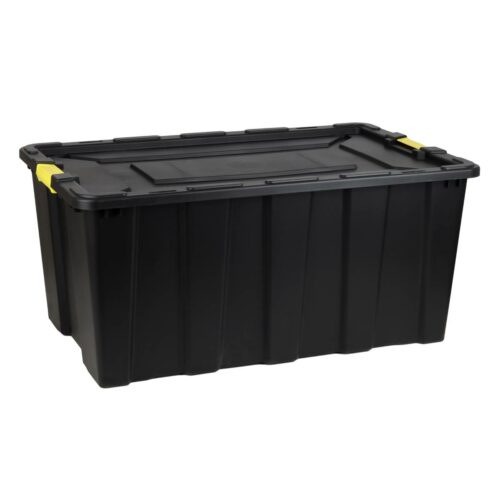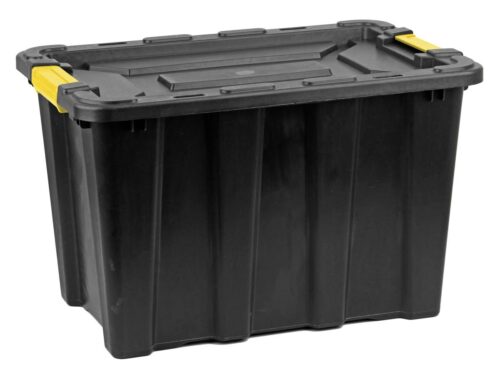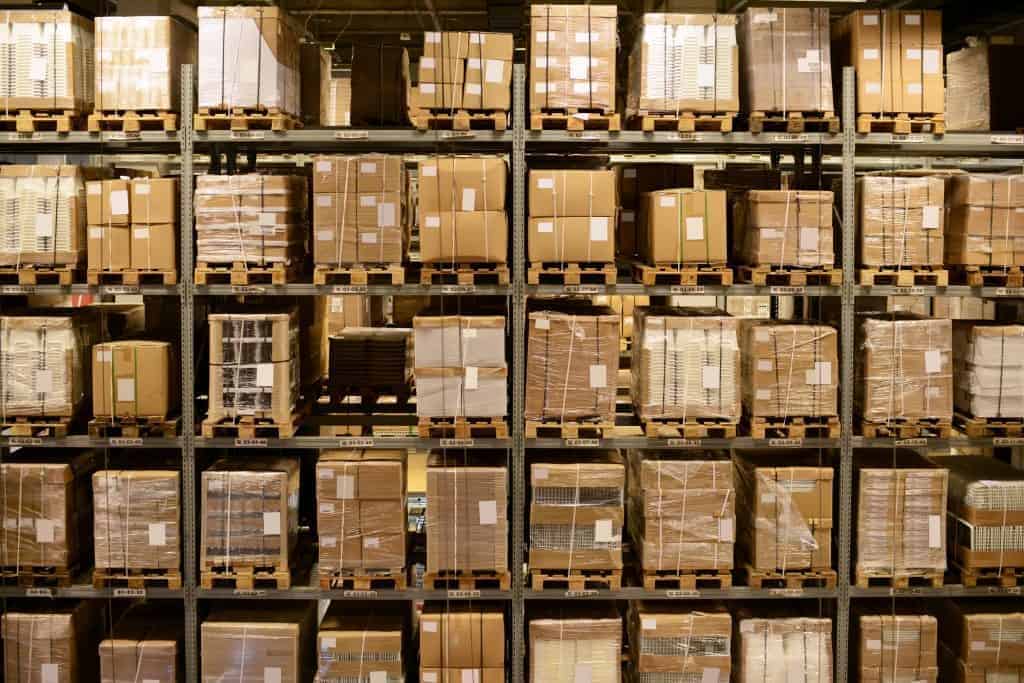Returnable transport items (RTIs) are physical items or containers that are used for transporting goods from one point to another, and which can then be returned to the sender for reuse. RTIs are designed to be durable and robust enough to withstand multiple trips, and their returnability makes them a cost-effective and sustainable solution for businesses that regularly transport goods.
Perhaps the most ubiquitous example of a returnable transport item is the faithful wooden pallet, though other RTIs also include crates, boxes, drums and intermediate bulk containers (IBCs). IBCs are used in a variety of industries to transport liquids, powders and grains.
RTIs can be used for transporting various types of products, but they come with a major disadvantage: coordination and tracking. Managing RTIs requires coordination between multiple parties, including the sender, the receiver and any intermediaries involved in the supply chain – and it doesn’t always go to plan.
RFID Technology for Returnable Transport Items Tracking
Because tracking the movement of RTIs can be challenging, especially when there are many multiple journeys involved, RTIs can be lost or simply not returned. This necessitates regular replacement, which severely undercuts the cost-effective and sustainable credentials of returnable transport items. But there is a technology that makes keeping track of RTIs easy, and it’s called RFID.
RFID stands for ‘radio frequency identification’, which is a high-tech system used for tracking and identifying objects using radio waves. It involves the use of RFID tags, which are small electronic devices that are attached to, or embedded into, items.
RFID Tags contain a small chip and an antenna, which communicate with an RFID reader via radio waves. The reader sends out a signal, which the tag responds to, transmitting its unique identification number back to the reader. This allows for real-time tracking of assets, which opens up the huge advantage of knowing where every one of your RTIs is at any given time.
RFID Technology for Returnable Transport Items Tracking
With RFID Readers installed in all the locations that your returnable transport items visit, and RFID tags on your RTIs themselves, you will be able to track their movement wherever they are using Specially Designed Asset Tracking Software. Using pallets as an example, each individual pallet will have an affixed RFID tag that is logged when it leaves one warehouse and logged again when it arrives at the next. If any of your pallets go missing, the software will tell you exactly where they were in the supply chain when they went missing.
Whatever you need to track, there is an RFID solution suitable for your needs. While the system does require a certain degree of upfront investment to install, the return on investment from reducing lost RTIs can be massive. Costs are recouped through a fall in replacement expenditure and a significant drop in workforce distraction when assets need to be found manually.

Implementation of RFID for Returnable Transport Items in Supply Chain
When implementing an RFID system, the first decision is choosing which type of technology best suits your needs. There are two different types of RFID systems: called Passive RFID and Active RFID. Passive RFID systems use small RFID tags that are powered by radio waves from the reader, while active RFID systems use tags that have their own power source and are significantly larger as a result.
The decision here is essentially about cost – passive RFID tags cost significantly less than active RFID tags, so a passive system will more likely suit returnable transport item tracking. Next, you’ll need to install RFID readers, antennas and any necessary software across your business. No matter how geographically far apart your locations are, the RFID system will act as one integrated system.
Once installed, the system can be tested to ensure that it is working properly, which will involve testing the tags, readers and software to make sure that they are communicating with each other effectively. Then each asset that you wish to track will need to be fitted with an appropriate RFID tag. We can help you find the right RFID Tags for your intended use. Once your workforce is trained on how to use the RFID system, you’re ready to go.
Benefits of Using RFID for Returnable Transport Items in Various Industries
RFID technology is used across various industries for tracking and identification purposes. Here are just some industries and scenarios that benefit from this remarkable technology:
- Retail Industry: Retailers use RFID technology to track inventory, prevent theft (anti-theft alarms in shop doorways are based on RFID tech) and improve supply chain management.
- Healthcare Industry: RFID tags can be placed on medical equipment, patient wristbands, and medication, making it easy for healthcare professionals to locate items and patients.
- Manufacturing Industry: RFID tags can be placed on components and finished products, enabling manufacturers to track them throughout the production process.
- Logistics and Transportation Industry: Pallets and other RTIs, containers and individual products can be monitored, making it easy to track shipments and inventory.
- Agriculture Industry: RFID tags can be placed on animals, crops and food products, making it easy to track their movement and monitor their condition.
- Aviation Industry: RFID tags can be placed on luggage, enabling airlines to track the movement of bags throughout the airport and prevent theft.
Overall, RFID technology has become an essential tool in many industries, helping companies to track inventory, monitor production processes and improve supply chain management. Its use is likely much more integrated into everyday life than many people realise.

The Future of RFID for Returnable Transport Items Management
As this technology continues to grow and evolve, and as more industries and sectors realise the savings potential RFID technology could bring to them, the uptake of RFID systems continues to rise. This helps everyone, as software, tags and readers – both fixed and handheld – continue to come down in price thanks to the economy of scale. Whichever way you look at it, RFID technology for returnable transport items can bring a serious return on investment to your business.
RFID for Returnable Transport Items – A Promising Technology
We hope this blog has been helpful in explaining the sheer scope of RFID technology, and we also understand that you may have many more questions to ask about the technology.
We are also here to answer any questions you may have and to talk through just how economical an RFID system could be to your business. You can use our online contact form, call us on 0844 870 7873 or email info@tec-rfid.co.uk and we’ll be very happy to help.

